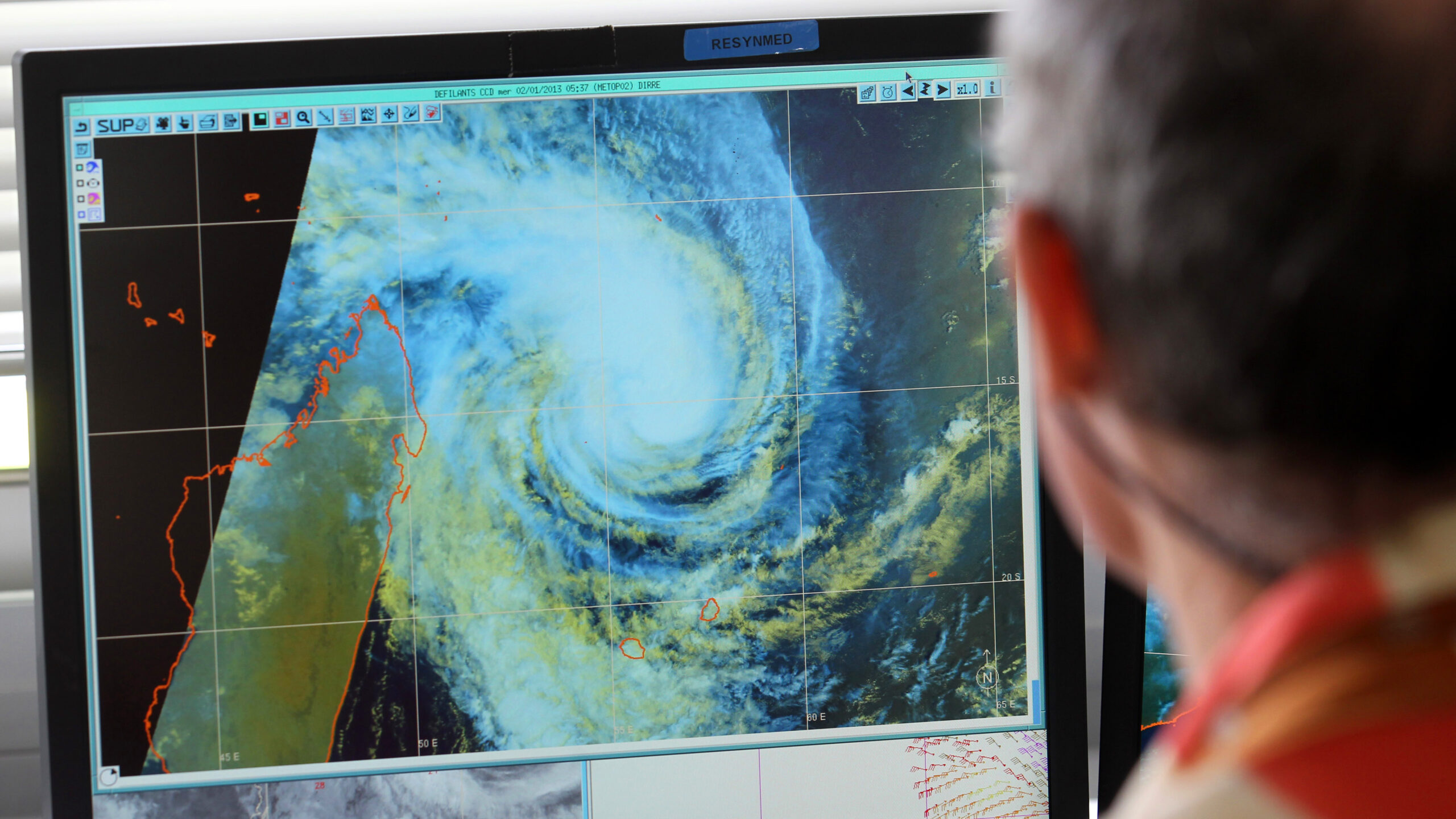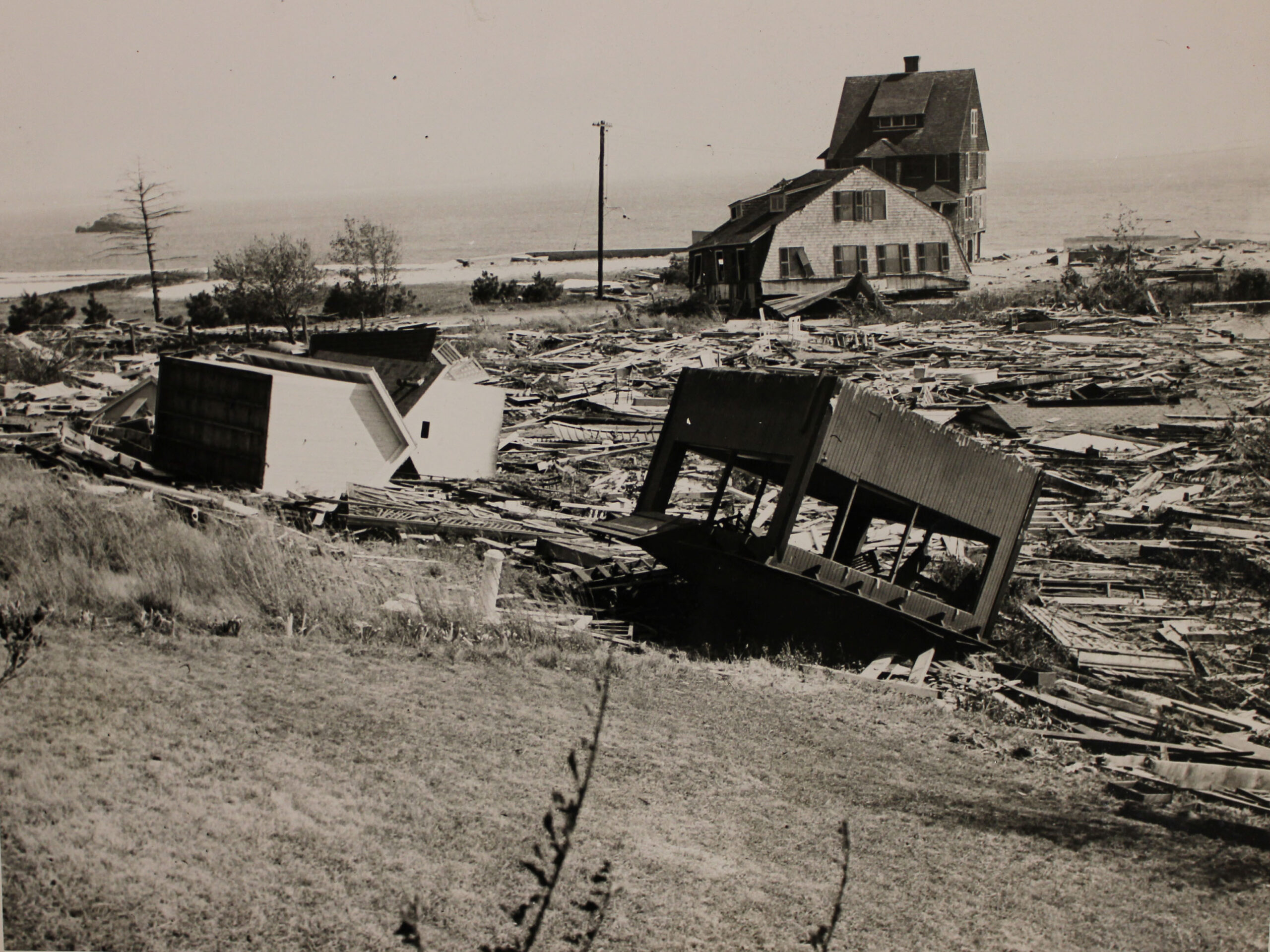
Is the key to saving more lives investing in better weather forecasting?
It is vital to invest more in weather forecasting, as it has the potential of saving countless lives. Due to climate change, severe weather events like hurricanes, heatwaves and tornadoes are more common and deadly. Weather forecasts can help people prepare and take the necessary precautions for their safety. Early warnings of an approaching hurricane, for example, can enable residents to leave the area, protecting their lives. Accurate forecasting can also prompt authorities to establish cooling centers to protect those who are vulnerable, such as the elderly or those with medical conditions. By investing more money in weather forecasting we can better equip ourselves to prevent the devastation caused by severe weather and reduce the loss of lives.
Investing in weather forecasting can also reduce economic losses and save lives. Among other things, severe weather events can lead to major infrastructure damage, disruptions of transportation and communication networks, and loss in agricultural productivity. Accurate forecasting allows communities and authorities make informed decisions, and to take preventive measures in order to minimize the economic impact. Early warning systems, for example, can assist businesses and farmers in taking the necessary steps to protect their assets. This includes securing crops and property, and reducing financial stress on individuals and communities. We can also improve our ability by investing in technologies and research that predict and anticipate weather patterns. This will lead to better planning, decision-making, and a more prepared society.


The morning of the 21st September 1938. The New York Times The newspaper published a routine weather forecast which did not raise any alarms among its readers.
“The indications are for rain and cool weather today and for cloudy and continued cool weather, probably with rain, tomorrow, according to the map charted at the United States Weather Bureau at 7:30 o’clock (EST) last night,” the paper wrote.
The U.S. Weather Bureau — the predecessor to the National Weather Service — had been tracking a hurricane that was threatening the coast of Florida. The storm changed course and diverted away from Florida’s coast. The agency, despite warnings from a junior forecaster decided that the system would spin away and die somewhere in the middle Atlantic Ocean. The agency deemed that the cyclone posed no threat.
The New York TimesIn its same edition, on September 21, it praised even the weather agency’s work in tracking the hurricane. “If New York and the rest of the world have been so well informed about the cyclone it is because of an admirably organized meteorological service,” the paper wrote.
On that same morning, just off the coast Long Island, an angry vortex and water was seen. 120-mph winds Already, it was reversing direction. It made landfall at around 2:30pm. Seismographs registered the tidal impact. as far away as Alaska.
The Great Hurricane of 1939, or “The Long Island Express” As it was called, this hurricane would go on to be one of most destructive in American history. More than 63,000 houses were destroyed. It injured thousands. The number of deaths was more than 600 people. And — because of bad forecasting — many of these victims were taken completely by surprise.

The weather forecasts of the 1930s are a far cry from today. Meteorologists used to forecast the weather back then. “relied on the 16th-century thermometer, the 17th-century mercurial barometer, and the medieval weather vane,” writes the historian William Manchester. The use of newfangled planes was becoming more and more important for making forecasts. However, forecasters still relied heavily on ships at sea to provide them with information about weather patterns like hurricane tracks.
Weather forecasters have a wide range of tools to help them make accurate predictions. Doppler towers can detect wind and precipitation patterns. The radiosondes are attached to weather balloons and float up in the stratosphere. They collect data on temperature, moisture, air pressure, speed and direction of wind, as well as other factors. Automated surface observing systems can provide data in real time about land conditions. Satellites orbit the Earth, beaming valuable imagery and data. And supercomputers. advanced statistical models All this data can be combined to give forecasters a clear picture of the weather we will experience in the future.
Meteorologists are making incredible progress with the help of this technology.
Today’s five-day forecast is as accurate In 1980, a single-day forecast used to be available.
Heavy rain is predicted for the next two days. as good The same-day forecast used to be available in the middle of the 1990s.
There are many inaccurate predictions made about the paths of hurricanes. half as likely As they were a few decades back.
Forecasters in 1990 could only make a relative accurate forecast of the weather. seven days in advance. They can now make fairly accurate forecasts ten days Prepare in advance.
They may be one of the many things we take for granted in the modern world, but more accurate weather forecasts — and our ability to access them anytime on our smartphones — have tremendous value for our economy. They can help farmers decide what crops to plant. They assist construction crews in making decisions. The tourism industry can predict the tourist flow. These tools help people prepare for the future and literally save lives.
It’s been difficult for economists, despite the fact that weather forecasts are of great value, to quantify their worth. Recently, a group economists made an attempt. But a group of economists recently tried. a new working paper, “Fatal Errors: The Mortality Value of Accurate Weather Forecasts,” The economists Jeffrey G. Shrader and Laura Bakkensen focus on one aspect that is important to predicting weather: the temperature.
What is the value of knowing future temperatures?
Recently, Bakkensen and Lemoine joined me on a Zoom call from Tucson, Arizona, on a day when their city was — quite appropriately for our interview — under an excessive heat warning. Both are economics professors at the University of Arizona.
They estimate that thousands of Americans are killed every year by extreme temperatures. Lemoine claims that, prior to this study, he didn’t believe temperature forecasts made a significant difference.
“It’s actually not obvious when forecasts have value,” says Lemoine. “If on some days an error in forecasting means that there are fewer deaths, and other days errors mean that there are more deaths, these things could kind of statistically wash out.” He says that meteorologists have made so many incredible advances in forecasting accuracy in the last few decades, that it’s not clear if any errors still remain.
The economists combined data from the National Weather Service on actual weather and forecasts with fatality data from the Centers for Disease Control and Prevention to see if inaccuracy of temperature forecasts had an impact on deaths. The economists focus on forecasts for one-day ahead of time over a period of 12 years. “We’re trying to compare the same county, essentially the same people, same temperature day, but this day had an accurate forecast, this day had a slightly inaccurate forecast, and see how that impacts mortality,” Bakkensen says.
Even though the forecasts were wrong, economists found that they had a large impact on deaths. “We see effects of even errors of just a degree or two,” Lemoine says. “We can see in the data that deaths are higher, and we weren’t expecting it to be that sensitive.”
Achieving accurate forecasts for hot days is important to economists. Lemoine says people die of cold too, but research shows that people die more quickly due to heat. So it makes some intuitive sense that a bad forecast in advance of a hot day — in particular a forecast saying it’s going to be colder than it really ends up being — could be particularly deadly.
Bakkensen claims that their data clearly shows people use forecasts to save lives. They may, for example, buy an air conditioner or cancel a doctor’s appointment or plan their day to avoid the sun. Municipalities can also open public pools and increase hospital capacity.
“Well-forecasted days when they’re hot don’t have that much of an effect on mortality,” Lemoine says. “It’s the inaccurately forecasted hot days that have a big effect. So you can trim a lot of those effects just by having better forecasts.”
The economists have calculated that “making forecasts 50% more accurate would save 2,200 lives per year.” They also estimate. “the public would be willing to pay $112 billion” It will take the rest of the century for this to become a reality. This is only the economic benefit from more accurate weather forecasts reducing deaths. It’s not the overall economic benefit. “I would expect that this number we’re calculating is a big lower bound on the benefits of overall more accurate forecasts,” Bakkensen says.
It is important to note that the word “you” means “you”. annual budget for the National Weather Service Lemoine’s analysis shows that Americans will see considerable benefits if they invest more in this agency in the future.
Both economists agree that it is important to improve weather forecasts, as the climate change is expected to make our country and the entire world hotter and more prone to extreme weather. “As climate change shifts us more toward hot days, it’s implicitly shifting us toward days where accurate forecasts matter more,” Lemoine says. He says that investing in better weather forecasting will be a key part of adapting the climate change.
Bakkensen states that between 2005-2017, the National Weather Service improved its forecasts by around 30%. Therefore, a further 50% improvement would be feasible. It’s even more important now that meteorologists are turning to Artificial Intelligence in order to make better forecasts. we may already be seeing the beginnings Another quantum leap in forecast accuracy.
9(MDQ2OTU5NjExMDE2MTkwMTE2MDExMzAxYg000))



